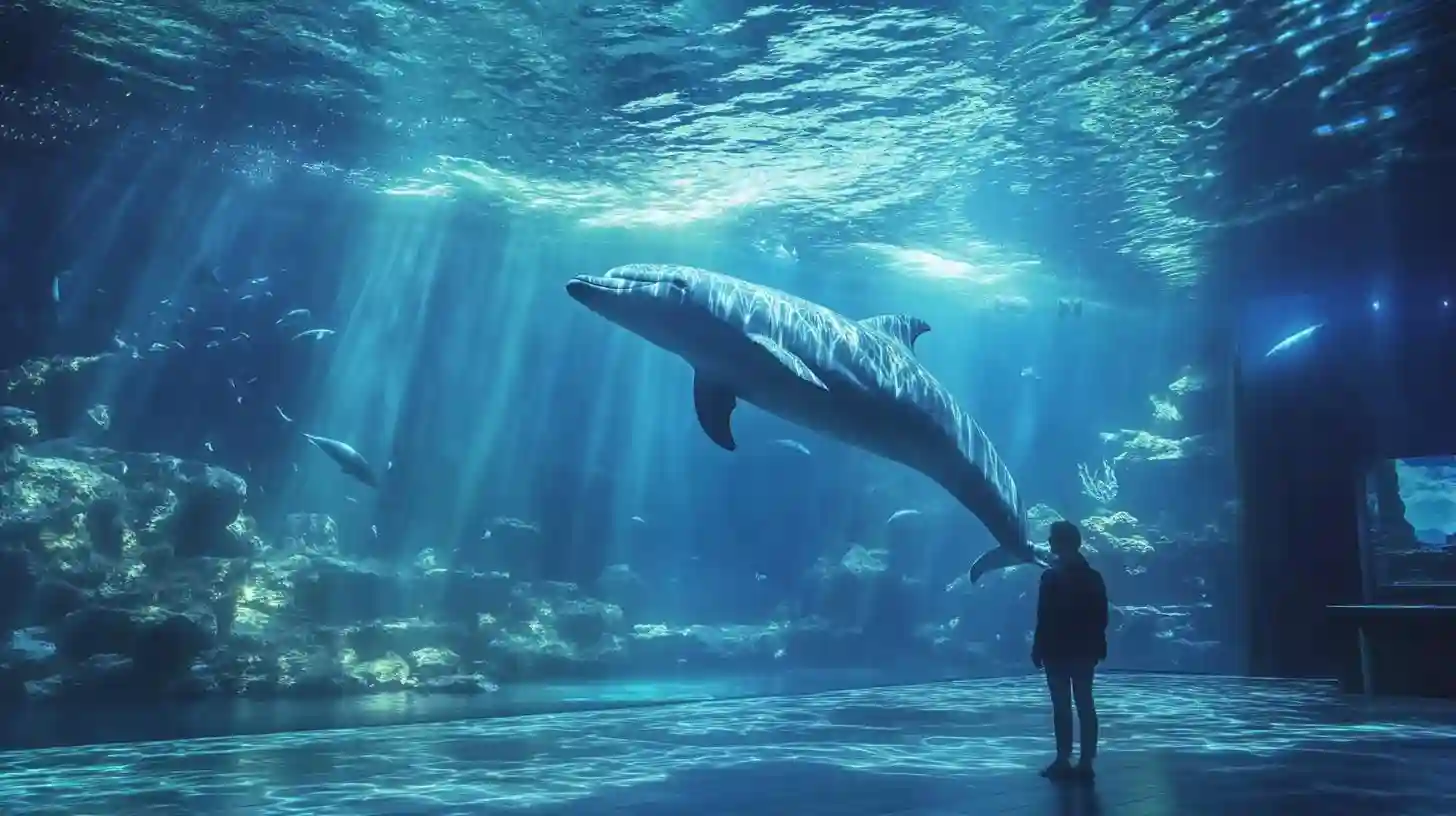
Thoughtvaultzone

Marine scientists have recently made significant advancements in understanding the complex acoustic communication of dolphins underwater. This study highlights the intricacies of how these intelligent creatures interact with one another through a sophisticated system of sounds. Dolphins, known for their playful behaviors and high intelligence, have long intrigued researchers. Their vocalizations range from clicks to whistles and other sounds that serve various purposes in their social interactions and navigation through the ocean.
The research involved meticulous observation and analysis of dolphin pods in their natural habitats. Scientists deployed advanced underwater recording devices to capture the rich tapestry of sounds emitted by dolphins. These recordings provided a wealth of data, allowing researchers to discern patterns and meanings behind the myriad of vocalizations dolphins use in different contexts. The findings indicate that dolphin communication is not only complex but also essential for their survival and social cohesion.
One of the critical aspects of this study is the recognition that dolphins use individual signature whistles. These unique sounds function similarly to names, allowing dolphins to identify each other within their pods. Each dolphin has its own distinct signature whistle, which it develops early in life. This personal vocalization plays a vital role in maintaining social bonds and facilitates interactions among pod members. When dolphins hear the signature whistle of a companion, they may respond with a similar whistle or vocalize in a way that acknowledges their presence. Such exchanges enhance the social fabric of dolphin communities and demonstrate the depth of their social intelligence.
In addition to signature whistles, dolphins also utilize varied click patterns for echolocation. This form of communication allows them to navigate their environment, hunt for prey, and avoid obstacles. By emitting clicks and interpreting the returning echoes, dolphins create a mental map of their surroundings, enabling them to locate objects and other marine life. This ability is not just about survival; it also showcases the dolphins' remarkable cognitive skills. Their adeptness at interpreting sound waves provides insight into the importance of auditory communication in their daily lives.
The study further investigates how environmental factors and social dynamics influence dolphin vocalizations. Researchers discovered that dolphins adjust their vocal outputs based on the presence of other marine life and the surrounding acoustic environment. In noisy conditions, dolphins may modify their calls to ensure effective communication. Such adaptability reveals the sophistication of their social interactions and suggests that dolphins are acutely aware of their surroundings and the presence of potential competitors or threats.
Interestingly, the research sheds light on interspecies communication as well. Observations indicate that dolphins can adapt their vocalizations when interacting with other marine animals, including humans. This finding raises fascinating questions about how dolphins perceive and respond to different species within their ecosystems. It suggests a level of awareness and understanding that transcends mere instinctual behavior, implying an ability to engage with and respond to the sounds made by other creatures.
The implications of this study extend beyond the academic realm, impacting conservation efforts and our understanding of marine ecosystems. By understanding the complexities of dolphin communication and social structure, scientists can better appreciate the importance of preserving their habitats and addressing the challenges they face. Protecting these marine mammals not only ensures the survival of their species but also helps maintain the intricate relationships within marine ecosystems. The degradation of ocean habitats and increasing noise pollution pose significant threats to these communication systems, which rely heavily on sound. With continual research, there is hope that awareness of the importance of sound in the underwater world will grow, highlighting the need for conservation measures to protect both dolphins and their environment.
The groundbreaking findings of this research underscore the necessity of ongoing studies in marine communication. Dolphins, with their vibrant social lives and complex vocal behaviors, serve as valuable indicators of ocean health. As scientists delve deeper into the underwater world, the hope is for a fuller understanding of not only dolphin communication but also the broader implications for marine biodiversity. By unlocking the mysteries of dolphin acoustics, scientists pave the way for more effective conservation strategies and a greater appreciation for the remarkable intelligence of these creatures. The ocean is a vast and intricate soundscape, and dolphins play a vital role in shaping it through their unique forms of communication. Each discovery adds another layer to our understanding, revealing how essential it is to listen to the voices of the ocean.